How Nissan Ruined Supercars
Last updated: May 22, 2023
The video discusses how Nissan's powerful supercar beat Toyota's LFA to market and helped revive the struggling company.
The video discusses how Nissan rose to dominance in the sports car industry in the 1990s, beating out competitors like Ferrari, Lamborghini, and Porsche.
The video draws parallels between Nissan's rise to fame and Buster Douglas's unexpected victory over Mike Tyson in 1990.
The video also touches on the decline of the Japanese economy and the lack of updates to popular Japanese sports cars like the NSX and Supra.
Overall, the video highlights Nissan's impressive feat of becoming a major player in the sports car industry despite facing financial difficulties and competition from established brands.
- Nissan's powerful supercar beat Toyota's LFA to market and helped revive the struggling company.
- James Buster Douglas beat Mike Tyson in a boxing match despite being the underdog.
- Nissan faced bankruptcy and debt while Italy and Germany dominated the sports car universe.
- Japan's automotive industry fell with the economy, and customers no longer wanted sports cars.
- Nissan's revival plan involved layoffs, restructuring, and plant closures to make the company profitable.
- The Nissan GTR was designed to be a supercar that could be driven every day and beat any other supercar on the track.
- The GTR's design was inspired by Japanese elements and had a global impact on the automotive industry.
- The GTR became an icon and influenced other cars, cementing Nissan's place as a dominant global carmaker.
- The GTR's legacy continues with each new iteration pushing the boundaries of what is possible.
How Nissan Ruined Supercars - YouTube
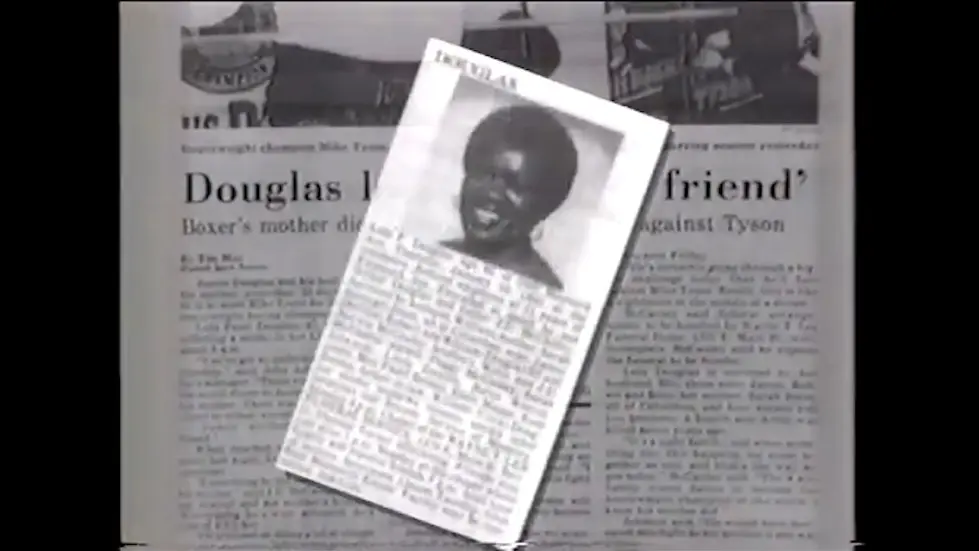
Introduction
- The video discusses how Nissan's powerful supercar beat Toyota's LFA to market.
- Nissan's supercar helped revive the struggling company.

Buster Douglas vs Mike Tyson
- James Buster Douglas traveled to Japan to fight Mike Tyson.
- Douglas was at the lowest point in his life, having lost his mother and with his partner diagnosed with a deadly disease.
- Odds were 42-1 that Douglas would be eviscerated by Tyson.
- Douglas landed shattering blows for 10 straight rounds.
- Tyson was thrown against the ropes and finally blacked out.

Nissan's Struggle
- The once great House of Nissan sat in disrepair.
- The company's bank accounts were overdrawn and it faced billions in debt.
- Italy and Germany had taken over the sports car universe.
- Nissan rose up from its broken throne and ripped its opponents' heads off.
- The company unleashed a twin turbo-powered uppercut to the face of everyone who doubted them.

How Nissan Ruined Supercars - YouTube
The Fall of Japan's Automotive Industry
- No one had climbed higher than the automotive industry of Japan in the 1990s.
- The world was buying Japanese cars like the Toyota Corolla and Honda.
- Enthusiasts lusted after type R's and GTRs rather than Ferraris.
- With the fall of Japan's economy, the budget for fun began to dry up.
- The NSX had grown tired and old, and Toyota's Supra was not yet appreciated for its potential.

The Decline of Sports Cars
- Customers no longer wanted sports cars in 1996.
- Italy began its Supercar revolution in the 90s with f-355 Diablo and Zonda.
- Germany doubled down on being the Premier Choice of dentists, doctors, and architects with M3, SL, and Porsche 911.
- Going fast was becoming a luxury only the upper class could afford.
- Toyota embraced the new beige era and sold Priuses and RAV4s.

Nissan's Struggle and Revival
- Nissan began to slip away into bankruptcy while Toyota embraced the new era.
- In 1999, Nissan and French manufacturer Renault consolidated power.
- Carlos Doan was brought over from Michelin to save Renault from bankruptcy.
- He was made COO of Nissan to save them.
- The Nissan Revival plan was made to make Nissan profitable in just one year at any cost.

The Nissan Revival Plan
- Layoffs, restructuring, and plant closures were done to make Nissan profitable.
- In just 12 months, Nissan went from a loss of six and a half billion dollars a year to a profit of over 2 billion.
- The Logical Next Step was to spend it where it counts - Nissan's boring archaic car lineup.
- A new design lead was hired to build the definitive Halo sports car of the Nissan brand - the new GTR.
- The GTR was not just a performance variant of some passenger car sold only in Japan but a halo car that would have an impact around the globe.
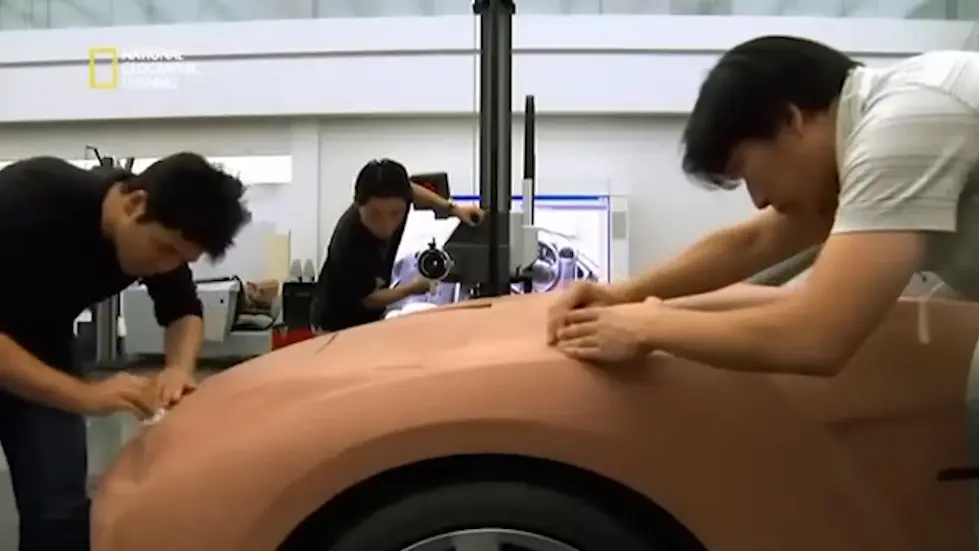
The Birth of the Nissan GTR
- The new design lead had to be Japanese and a global success.
- The GTR was designed to be a car that could be driven every day and still be a supercar.
- The GTR was designed to be a car that could be driven by anyone, not just professional drivers.
- The GTR was designed to be a car that could beat any supercar on the track.
- The GTR was designed to be a car that could be sold at a reasonable price.

Nissan's Master Plan
- Nissan needed to be rebuilt by Nissan employees, but for revitalizing its image, they needed a fresh eye.
- New design director Shiro Nakamura was poached from Isuzu.
- Nakamura orchestrated one of the most interesting lineups ever seen at the 2001 Tokyo Motor Show.
- The lineup included Nissan's new Z concept, the Leaf, the Cube, and the Concept GTR.
- The Concept GTR was a brutalistic slab of aluminum rumored to be perched atop Nissan's new v35 Skyline platform.

The Design of the GTR
- The R35 GTR's design was a global effort.
- Divisions all around the world submitted concepts to Nakamura.
- Hiroshi Hasagawa served as the GTR's chief designer.
- Hirohisa Ono was tasked with the exterior design, which took him two years to pen.
- The GTR's final shape was brutal, inelegant, but ultimately incredibly recognizable.
- The design was inspired by distinctly Japanese elements such as Gundam, Samurai, and music notes.
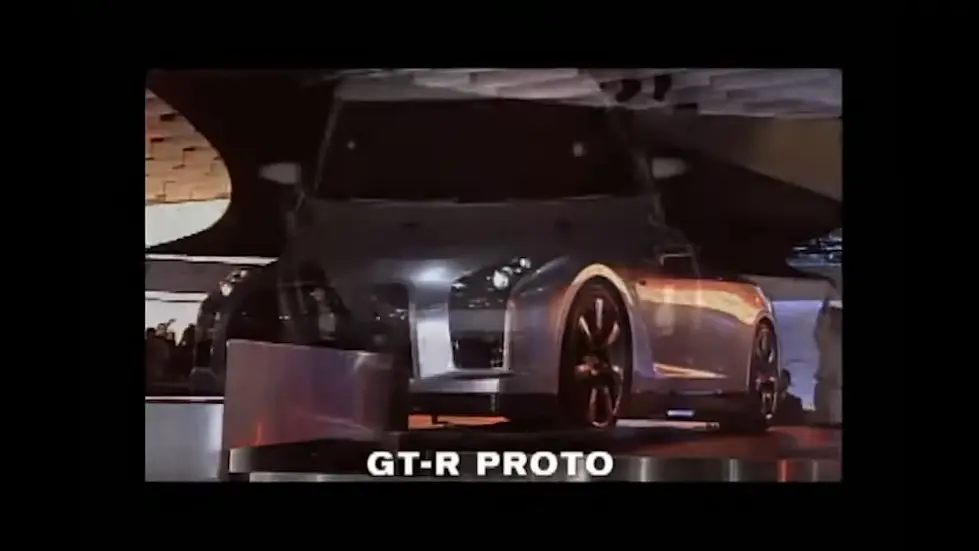
The GTR's Impact
- The GTR was a game-changer for Nissan, beating Toyota's LFA to market and helping to revive the struggling company.
- The GTR was sold worldwide, making it a GTR for everyone.
- The automotive press was stunned by the GTR's design and performance.
- The outgoing R34 GTR was a performance model of a practical Japanese sedan, but the R35 GTR was something else entirely.
- The GTR's design challenged people's eyes and minds, being something unexpected but immediately recognizable.
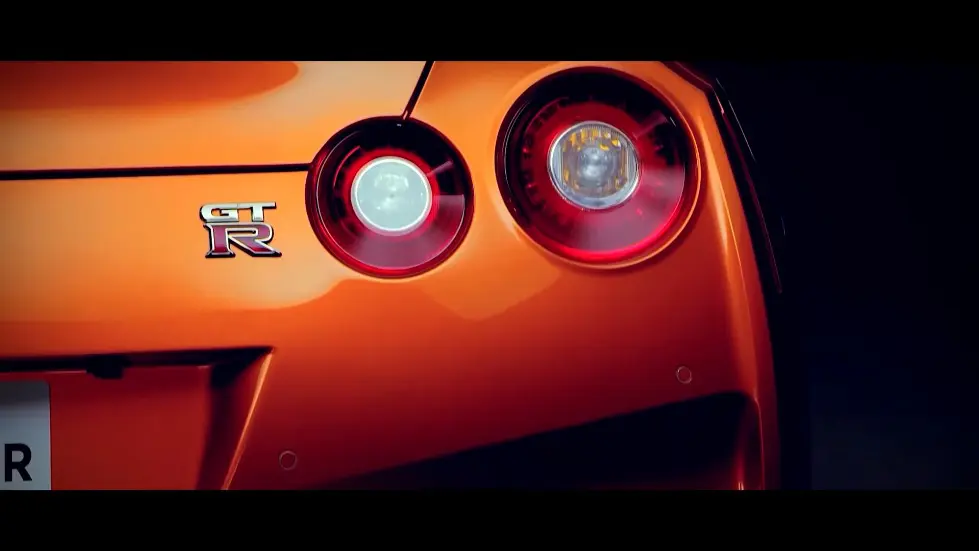
The Legacy of the GTR
- The GTR became an icon, with a legacy that continues to this day.
- The GTR's design influenced other cars, such as the Nissan Juke and the Infiniti Q50.
- The GTR's performance capabilities continue to impress, with each new iteration pushing the boundaries of what is possible.
- The GTR's impact on the automotive industry cannot be overstated, with many considering it to be one of the greatest supercars of all time.
- The GTR's success helped to cement Nissan's place as a dominant global carmaker with a rich history and elegant, fast cars.

The Birth of the GTR
- Nissan spent years perfecting the design of the GTR through wind tunnel tests and clay models.
- The specs laid out by Nakamura for the GTR were unprecedented in the sports car industry.
- The GTR is as smooth as a Porsche 911 and as glued to the road as a Ferrari.
- The GTR needed to be as fast as a Porsche or Ferrari to compete in the market.
- The GTR was designed to move the customer's heart and create a sense of luxury.

Kazutoshi Mizuno: The Man Behind the GTR
- Kazutoshi Mizuno joined Nissan as an engineer in 1972 at the age of 20.
- Mizuno was sent to sell cars at a dealership to gain perspective on the importance of cars.
- Mizuno realized that cars are more than just machines and that they are necessary for people's lives.
- Mizuno had a long and storied career at Nissan, helping to create the GTR and other iconic cars.
- Mizuno rejected the job offer to lead the R35 GTR project until he was given full control over its development.

The Evolution of the GTR Badge
- The GTR badge has defined the DNA of Nissan since their early beginnings.
- The machines that sit beneath the GTR emblem have evolved over time from simple sporty cars to Supercars.
- The GTR badge has always meant Japan's most brutal Beast.
- The GTR is a combination of cutting-edge technology and raw motoring prowess.
- The GTR is an icon that tells you that what lies beneath it will give you exactly what you most desire: wanton power.

The GTR's Impact on the Supercar Industry
- The GTR beat Toyota's LFA to market and helped revive Nissan's struggling company.
- The GTR's powerful engine and advanced technology set a new standard for Supercars.
- The GTR's success forced other car manufacturers to step up their game and create more powerful and advanced Supercars.
- The GTR's impact on the Supercar industry is still felt today, with many car enthusiasts considering it one of the greatest Supercars of all time.
- The GTR's legacy continues to inspire car manufacturers to push the boundaries of what is possible in the world of Supercars.

The Legacy of the GTR Name
- The GTR name has always been pure and only given to cars that deserved it.
- The gas crisis in 1973 caused the GTR badge to be locked away for over a decade.
- The GTR badge returned in full force in 1989.
- The R34 generation was fast but no longer the competitive racing machine that the GTR badge was destined for.
- The GTR name had no home until its revival in 2002.

The Three Core Concepts of the GTR Supercar
- The GTR Supercar needed to hold true to three core concepts: power, technology, and a competitive spirit.
- The car must only weigh 4 kilograms or about nine pounds per horsepower.
- The car must be able to go up to 300 kilometers per hour comfortably and confidently on public roads.
- The car must lap the Nurburgring nordish life in under eight minutes.
- These figures were easily achieved and overcome by the GTR, but in the early 2000s, no one believed it could be done by Nissan.

The Birth of the GTR Supercar
- The Nissan GTR Proto was unveiled in 2005.
- The production car was announced to go on sale just two years later.
- The performance benchmark was the 996 Porsche 911 Turbo.
- The GTR Supercar was powered by a new bespoke twin-turbo V6 known as the vr38 det.
- The engine was a technological marvel featuring plasma sprayed cylinder bores, pressurized lubrication systems, and thermostatically controlled cooling systems.
- Mizuno was committed to not only creating a powerful engine but a durable and reliable one that doesn't let customers down.

The VG30 and RB-26 Legacy
- The VG30 powered the Z32 10 years before the GTR Supercar.
- The RB-26 of previous generations had become vaunted to near biblical hype.
- The new form of the VG30 provided the first generation of the GTR with over 470 maniacal horses.
- The engine featured all sorts of future tech-sounding specifications.
- Throughout its development, Mizuno was fervent in his commitment to the customer.
- Forged steel was used on all internal components to ensure durability and reliability.

The VR38 Engine
- The VR38 engine had variable valve timing systems for efficient and acceptable mileage figures.
- The engine had nearly 500 horsepower and could go 18 miles on a gallon of gasoline.
- The engine was an engineering masterpiece and each one was hand-built by Takumi Master Craftsmen.
- The engine had a complicated all-wheel drive traction system known as the Ateza ETS.
- The Ateza ETS was wildly complicated and had a complex computer system to deliver power exactly where it was needed at all times.
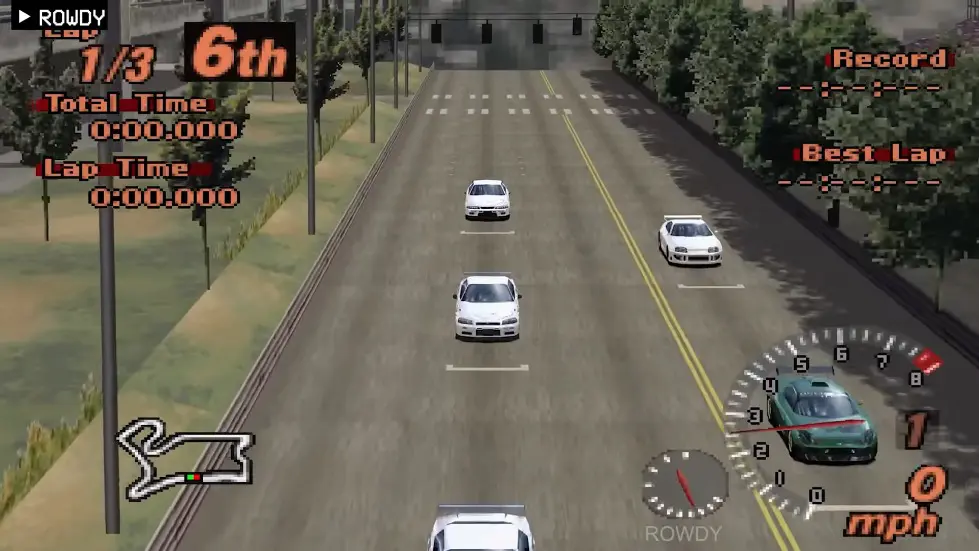
The Dash Screen and Chassis
- Polyphony Digital's Gran Turismo was the inspiration for the central display in the R35.
- The display was capable of telling the owner nearly everything about their GTR with intrinsic detail.
- The GTR was sent to the UK and given to Lotus to iron out its chassis dynamic steering and suspension geometry.
- Brembo was tasked with helping stop the GTR in its tracks with six-piston calipers.
- All of these pieces cemented the GTR as the supercar for nerds.
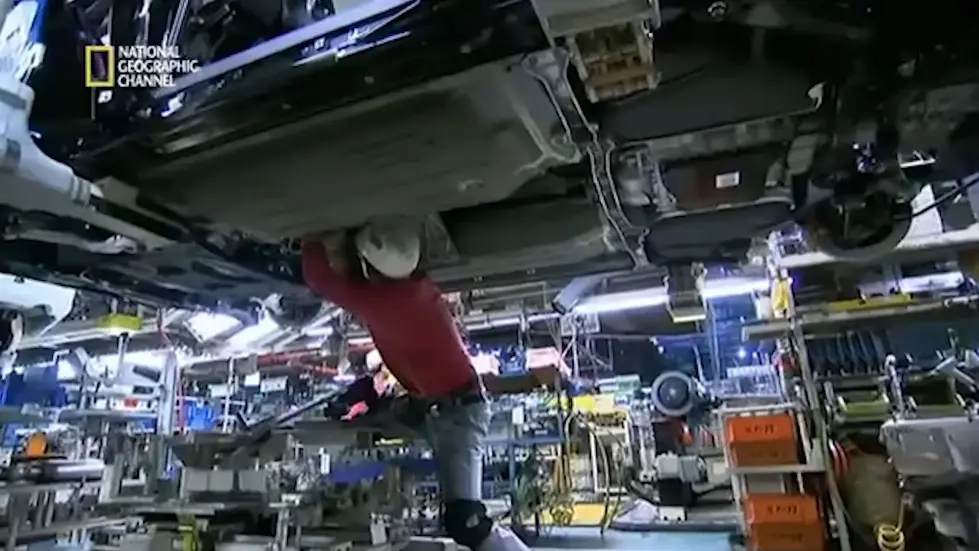
The Camouflage Prototype GTR
- Nissan built a camouflage prototype GTR for testing on the Nurburgring.
- The prototype GTR had the skin of an Infiniti G35.
- Journalists got to hear the roar of what was to come.
- The GTR was designed to look like a fighting robot powered by space-age technology and programmed by video game engineers.
- The GTR was like a bullet and capable of a sub 8-minute lap time on the Nurburgring.
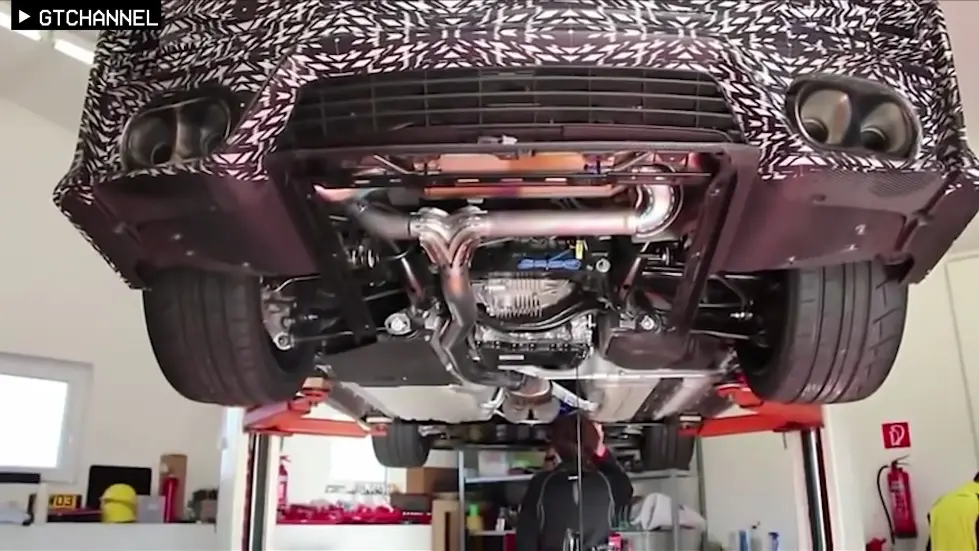
The Capabilities of the GTR
- The GTR was designed to bully the Porsche 911 Turbo and get a sub 8-minute lap time on the Nurburgring.
- The GTR's performance was more than the sum of its parts.
- The GTR combined dual clutch transmissions, rear transaxle, paddle shifters, launch control, and the Ateza system into one machine.
- By 2006, test mules were being abused.
- The GTR was a supercar that beat Toyota's LFA to market and helped revive the struggling company.

The Birth of Nissan's New Supercar
- Nissan tested the GTR against the 997 911 Turbo at Laguna Seca and Nurburgring.
- The GTR beat the Porsche's turbo-powered supercar and recorded a lap time of just 7 minutes and 38 seconds.
- The GTR flew past the 911 GT3 RS and had 10 seconds to spare.
- The GTR was unveiled at the 2007 Tokyo Motor Show with a video of it completing a lap of the ring in just 7 minutes and 18 seconds.
- The GTR had leapt beyond the capabilities of any GTR before it and was Nissan's new supercar.

The GTR vs. Other Supercars
- In 2007, the Ferrari 599, Audi R8, and Lamborghini LP 640 were the top choices for fast cars.
- The GTR was priced at just $70,000, about half the price of the 911 Turbo it was meant to compete with.
- The GTR was more affordable than any of its competitors.
- The GTR beat all of its competitors off the line thanks to the all-wheel drive system launch control and its hefty weight.
- The GTR cracked 60 miles per hour in just 3.3 seconds and cleared a quarter mile in just 11 and a half seconds.

The GTR's Complete Package
- The GTR was comfortable, had four seats, room for golf bags, behaved road manners, and reliable and affordable parts.
- The car was designed to behave at 300 kilometers per hour and survive a tire blowout even at 150 miles per hour.
- Brembo's braking system meant that you were capable of avoiding the unpredictable foreign.
- The GTR was not just a fast car, it was the complete package.
- The GTR was finally on sale around the world.

The GTR's Impact on the Automotive Industry
- The GTR was a game-changer in the automotive industry.
- The GTR's launch control and unrelenting grip on the Earth were like nothing anyone had ever seen from Nissan or really anyone at that point.
- The GTR was the complete package and was finally on sale around the world.
- The GTR was a dream come true for those who grew up on Gran Turismo and bootleg JDM DVDs.
- The GTR helped revive the struggling Nissan company.

The Nissan GTR's Success
- The Nissan GTR received endorsements from various sources, including Jeremy Clarkson and Motor Trends.
- The car was praised for its acceleration and defying physics.
- The Nissan GTR won Motor Trends 2009 Car of the Year.
- The car gave power and performance to those who could not afford it before.
- The Nissan GTR helped revive the struggling company.
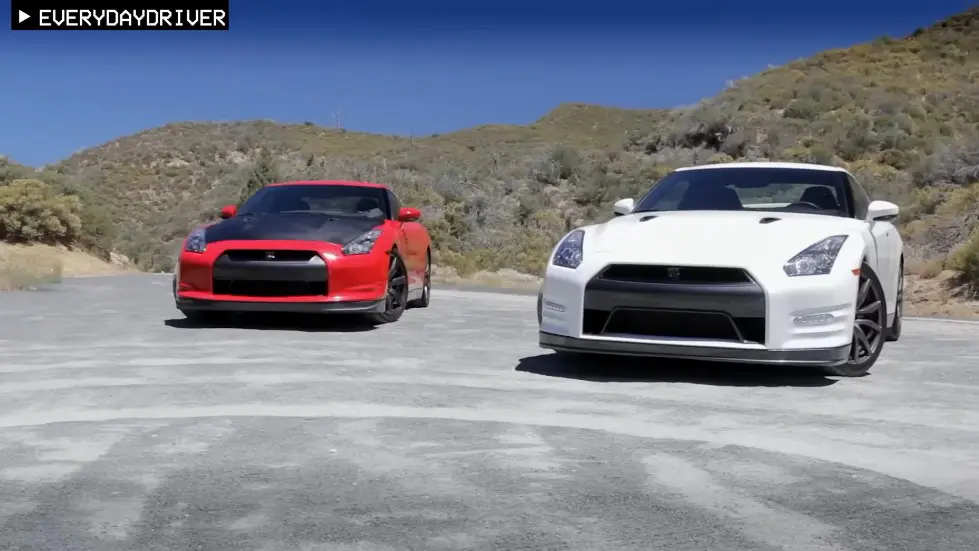
The Nissan GTR's Impact on Nissan
- The Nissan GTR was the underdog boxer that Nissan needed to save them from annihilation.
- The car was a usable supercar that normal people could aspire to own.
- The Nissan GTR revitalized the brand as a whole.
- The car helped pull Nissan out of the depths.
- The Nissan GTR had one of the longest lives in supercar history, spanning 16 years and featuring numerous updates and special editions.

The End of the Nissan GTR
- In 2022, Nissan closed the door to new orders for the R35 in Japan, signaling the end of the car's run.
- The Nissan GTR was a performance benchmark and affordable ruler that all cars must be measured against.
- The car beat Toyota's billion-dollar experiment, the LFA, to market and did it for a fifth of the price.
- The next generation of the Nissan GTR is not guaranteed.
- The performance landscape has shifted since the car's beginnings in 2007.

The Future of Nissan
- Today's world of electrified hypercars and top dollar supercars begs the question of whether Nissan has another fight left in it.
- The current generation of the Nissan GTR has grown long in the tooth, and its contenders have gotten leaner and smarter.
- Those with good memories of the underdog Nissan GTR will tell you never to bet against it.
- The future of Nissan and the GTR remains uncertain.
Watch the video on YouTube:
How Nissan Ruined Supercars - YouTube
Read also:
